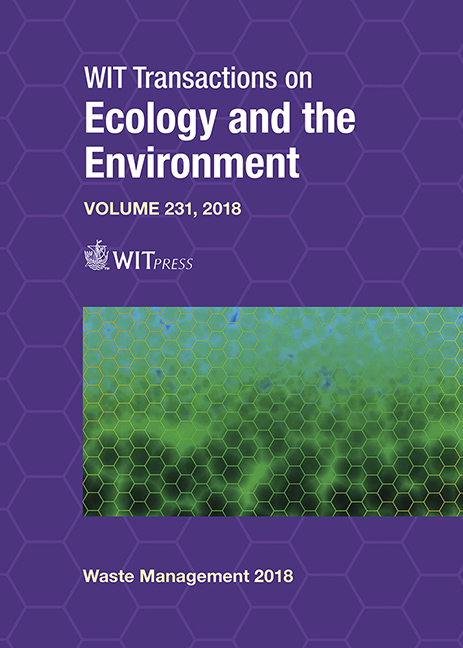CIRCULAR ECONOMY EFFECTS ON WASTE GENERATION IN LONDON
Price
Free (open access)
Transaction
Volume
231
Pages
11
Page Range
377 - 387
Published
2019
Paper DOI
10.2495/WM180351
Copyright
WIT Press
Author(s)
ERATO PANAYIOTOU, TOM CLIFFORD
Abstract
This study reports on research carried out on behalf of the London Waste and Recycling Board, to assess the potential impact that the adoption of the Circular Economy can have on the generation of three principal waste types: construction, demolition and excavation waste (CDEW), commercial and industrial waste (C&IW), and household waste (HW) in Greater London, up to the year 2041. The paper takes an evidence-based, quantitative approach, demonstrating the potential real-world impacts of the Circular Economy. It stresses the importance of moving up a level on the waste hierarchy, to focus solely on waste reduction. The study estimates the waste reduction potential of nine Circular Economy initiatives and the time required for this potential to be realised (i.e. adopted by the general population). The waste reduction potential of the chosen Circular Economy initiatives, and the time-uptake factor are used to develop three Circular Economy uptake scenarios, which are tested in a waste generation impact assessment model. The waste generation impact assessment model indicates that targeting all three principal waste types can result in a significant, cumulative waste reduction. A maximum potential waste reduction of more than 60% can be achieved, with a central estimate of approximately 30%, depending on the chosen Circular Economy uptake scenario.
Keywords
Circular Economy, waste reduction, waste projections, Greater London Authority





